Finding faults with several provisions of the Draft Scheme of Amalgamation for the PMC Bank, as put forward by the RBI, Sahakar Bharati felt that the idea of paying back depositors’ money in a time period of 10 years and that too without interest is not just.
Sahakar Bharati said that it constituted a Committee headed by CA, Shriram Deshpande which has recently submitted its Recommendations. These were threadbare discussed by the Central Office Bearers of Sahakar Bharati and it was decided to submit to the RBI, the following suggestions to lessen the hardships of the Depositors –
As per the Draft Scheme the Depositors of PMC Bank will be paid during the next 10 years in installments and that too without interest for the first five years and with interest at 2.75% pa thereafter. As a result, Depositors having Deposits over Rs.5 lakhs will get their Deposit money back after a very long period. In India the average inflation rate (CPI-Combine) during the last ten years has been 6.26% (Source- Economic Survey 2021 Volume II page 162). It means the value of One rupee has depreciated by 6.26% per year over the last 10 years. If we consider that the same rate of inflation continues, for the next ten years, the value of one rupee will be NIL by the time the Depositors get back their monies.
Considering the severe pain and financial difficulties, the Depositors should be paid as early as possible, but not later than 5 years from the appointed date. Further, the Depositors should be paid interest at least equal to the average inflation rate per annum, but minimum 6% till repayment.
Alternatively, with the consent of the Depositors, a part or full of their Deposits be converted into Bonds with maturity of maximum 7 years. The newly licensed Unity SFB Ltd (USFB) should have these Bonds Rated and Listed at the earliest so that Depositors will get an option to receive their monies at an early date.
These Bonds should carry interest rate equal to Deposit interest rate of State Bank of India or 10 years benchmark Government Security. C. Institutional Deposits – As per the Draft Scheme, 80% of uninsured Deposits of the Institutional Deposits are proposed to be converted into 1% Perpetual Non-Cumulative Preference Shares (PNCPS) with an option to USFB to increase dividend or a call option, upon receipt of approval from the RBI.
The remaining 20% of Institutional Deposits together with Tier II Deposits will be converted into Equity Warrants of USFB at a price of Re 1 per Warrant which will be converted into Equity Shares at the time of Initial Public Offer (IPO) to be made by USFB when it goes for Public issue. Conversion of Institutional Deposits into 1% PNCPS with uncertainty over increased Rate of Return and repayment of Principal will literally wipe off, due to inflation, the entire value of these PNCPS. Unfortunately, there is also no time line fixed for conversion of Equity Warrants into shares of USFB.
In view of the above, the Dividend rate of PNCPS should be at least equal to the rate of average inflation during the last 10 years to safeguard its monetary value. There should be a definite repayment plan specified. Further, the 20% amount of Institutional Deposits should be converted into Equity Shares of USFB, may be with lock-in-period of seven years or IPO whichever occurs earlier.
Conclusion – The Depositors of PMC Bank, both Retail and Institutional have been defrauded and it was expected that the Resolution of PMC Bank crisis would be to protect the interests of the hapless Depositors. It was expected that the USFB would provide a fair and just solution to the Depositors.
However, on considering the Draft Scheme one concludes that the entire loss suffered by the PMC Bank is being thrust on the shoulders of the Depositors. In real terms, USFB is not taking any responsibility of the PMC Bank Depositors. So also, USFB is also not practically paying any interest to the Depositors.
Hence, in larger Public interest DICGC should step in and grant sufficient financial support to USFB. In this regard, to protect the interests of DICGC, it should nominate at least 2 Directors on the Board of USFB. Reserve Bank of India and Government of India should suitably amend the Draft Scheme of Amalgamation to safeguard the interests of PMC Depositors.
The letter is signed by Dr Uday Joshi, National General Secretary of Sahakar Bharati. It bears recall that Maharashtra UCBs led by Vidyadhar Anaskar had also submitted its list of suggestions to RBI earlier.





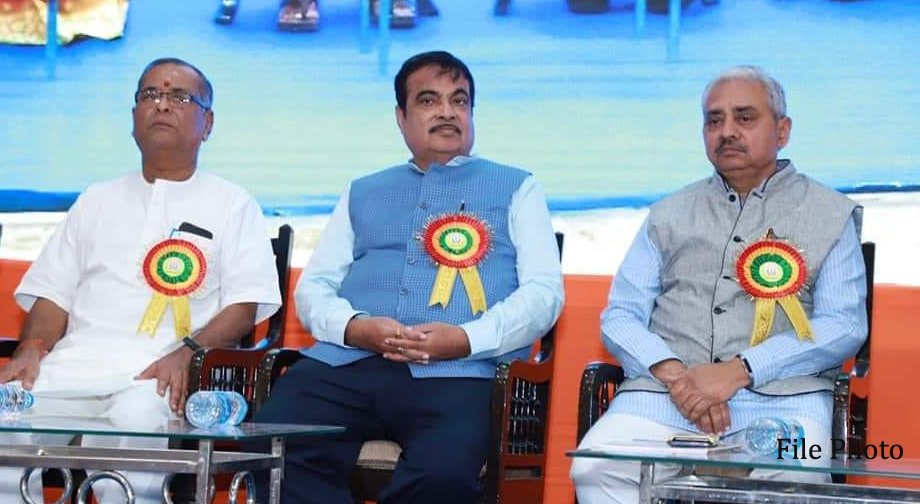







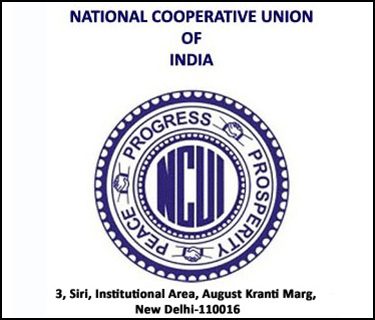



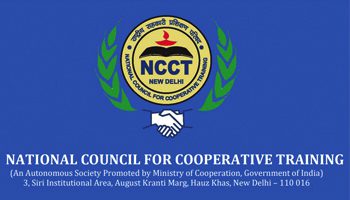

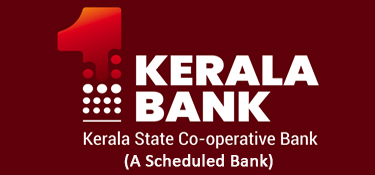






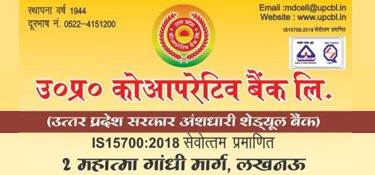



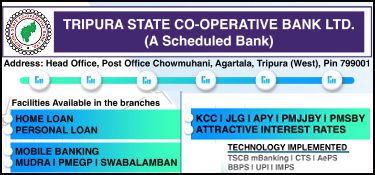















Why does RBI not lend / loan interest free money from its own kitty towards any deficiencies in funds it can bail out other banks and even private companies. Has RBI again failed to check fiseablity of USFB want them to use PMC funds and assets in their experimental project then wait for another period of 10 years to bring other restrictions. Seems PMC depositors being considered as fools?
The parrot like words of PM FM and RBI governor ” five lakh five lakh” have no relevance to depositors above 5 Lakhs. Also statement of das that higher interest means high risk- who allowed giving higher interest? RBI completely absolves it’s responsibility. What is the fault of senior and very senior depositors who after yeoman service to the nation in fields of technology,finance,industry, external affairs,science etc have kept their tax paid life long savings hoping for a decent future living without depending on anyone? How can a welfare state be built on the tears and samadhi of its senior vulnerable citizens?
Who gave A grade category to PMc? What action RBI took after whistle blowing PMC staff brought blatant irregularities? How Balance sheet and Annual Profit and Loss Account could be published without the consent of RBI? How retired audit official could be absorbed by PMC as GM without approval from RBI governor? How massive loan papers were not audited and checked by RBI auditors and charge creation on mortgaged properties?
https://twitter.com/vgadnani/status/1470426315572453384?t=gB9wFovo6hHougVIGJowRg&s=08
How Bonds can be accepted?
Congratulations to Sahakar Bharati for it’s comments and suggestions…
1. There is so much concern shown for inflation devouring value of rupee and making real interest rates much laser than nominal interest rates. *But this is true of rates of interest being offered by all banks currently. This has been going for several years*.
The root cause is conflict of RBI function of *targeting and managing inflation and government concern for growth* and political will *prevailing* over professional thinking of RBI. This was a bone of contention between Governor Rajan and others and Deputy Governor Viral Acharya. As a matter of fact, this is a perinial conflict. *One may like to read “Dialogue of the deaf” authored by T. C. A. Srinivas a Rahavan which chronicles RBI Government tussle over their seemingly conflicting objectives*.
Trust this organisation raised it’s voice when banks were lowering rates of interest as a result of government policy and it did not choose to look out of window.
2. Bonds it is suggesting would be subject to fluctuations in market prices no matter little higher rate of interest it may offer.
Can the government/ RBI guarantee protection of principle and interest?
Compare the interest shown by RBI, Government in Yes bank bail out package? Depositors were safe and shareholders suffered lock in. But they can hope to make money when fortunes of the bank improve over years and stock market bestows favour.
3. Just as government recapitalises public sector banks why demand is not being made for government to come forward with direct indirect funding with necessary amendments in statutes, if necessary? Undoubtedly the fall of this bank is due an unprecedented massive fall shaking the conscience of the *society as a whole* and *not only* depositors of this bank. Why innocent depositors should suffer?
4. Why not demand fast track court to deal with this humongous fraud where parallel computer system was designed and built to create false accounts, make disbursements etc masking it from regulatory glare. It is deception of the regulator from bank which is far more serious than criminal breach of trust cheating, fraud etc.
5. There are reports of RBI officials ignoring warning signals, thus creating suspicion of their complicity/negligence. Should it not be the top priority of regulator and Government to investigate into this? The ramifications of the fall of this bank should not only be seen from the prism of repayment of deposits but from the point of doing justice to the fraternity of depositors of the banking system, a justice which should be seen to have been done.
6. Why not demand quick, early, effective inquiry/investigation against errant officials of RBI and bank as part of this package or out of package. The debacle of this bank should not be looked at as a routine NPA caused debacle.
7. Such fast trackin of investigation and taking it to logical ends should cover all banks.
8. Incidently can anyone enlighten us what is/was the role played by *this organisation* in the fierce battle depositors of this bank, young and old, men and women have been relentlessly fighting on the streets of MUMBAI for last two three years and in lobbying with the government/RBI to ameliorate the lot of depositors of this bank.
Congratulations to Sahakar Bharati for it’s comments and suggestions…
1. There is so much concern shown for inflation devouring value of rupee and making real interest rates much laser than nominal interest rates. *But this is true of rates of interest being offered by all banks currently. This has been going for several years.
The root cause is conflict of RBI function of targeting and managing inflation and government concern for growth and political will prevailing over professional thinking of RBI. This was a bone of contention between Governor Rajan and others and Deputy Governor Viral Acharya. As a matter of fact, this is a perinial conflict. One may like to read “Dialogue of the deaf” authored by T. C. A. Srinivas a Rahavan which chronicles RBI Government tussle over their seemingly conflicting objectives.
Trust this organisation raised it’s voice when banks were lowering rates of interest as a result of government policy and it did not choose to look out of window.